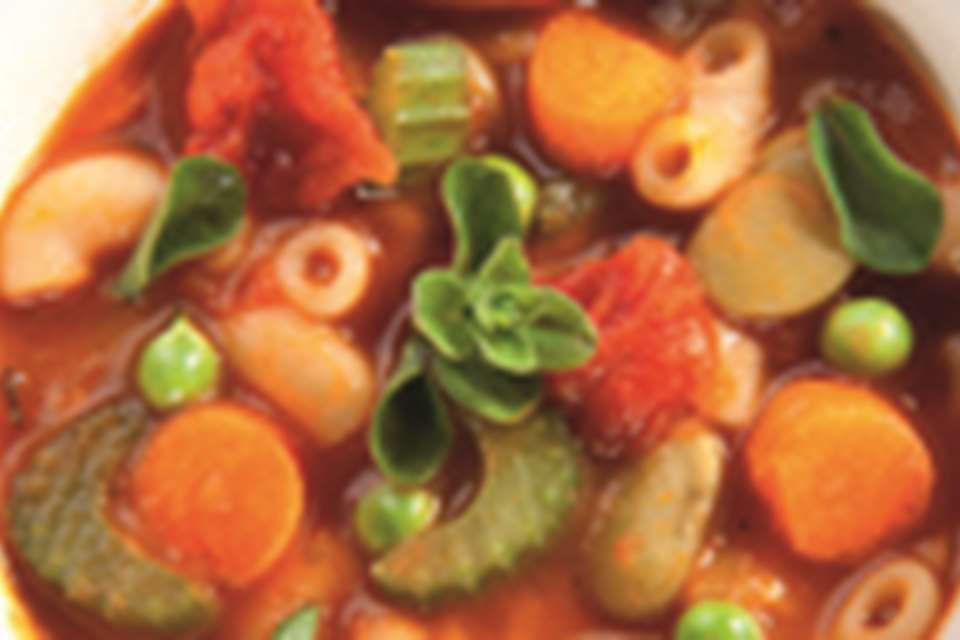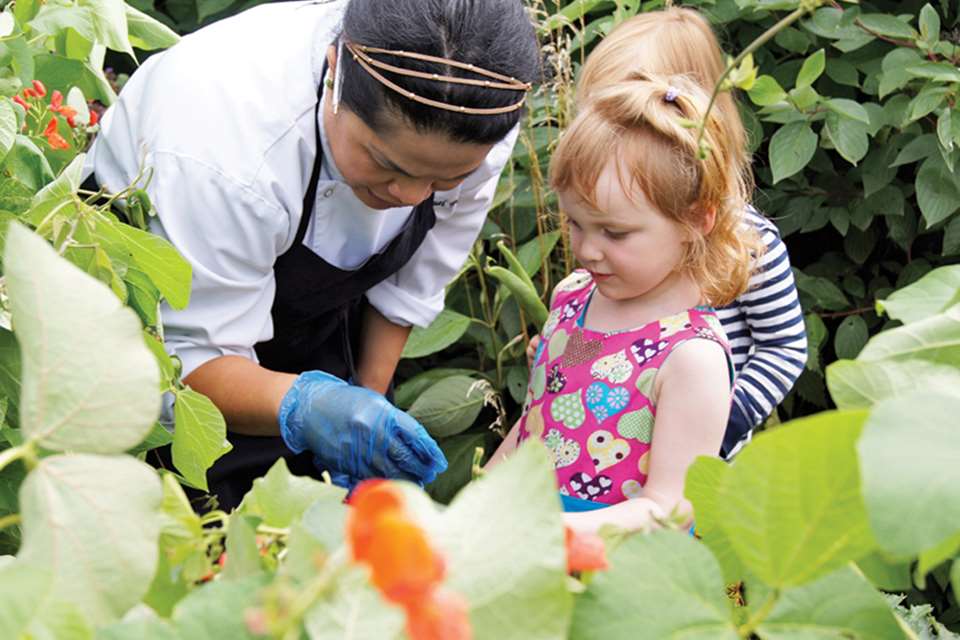A Unique Child: Nutrition - Take your pulses
Mary Llewellin
Monday, March 9, 2015
From chickpeas to beans and lentils, pulses are an exciting addition to the menu, says Mary Llewellin.

Pulses are the unsung heroes in our diets, stalwarts of the store cupboard and hard-hitters in the nutritional stakes. They provide protein, vitamins, minerals and fibre, and even count as one of your five a day. But does your pulse race at the thought of them?
Pulses have been cultivated for thousands of years, and there is hardly a culture in the world that doesn't use them in its cooking. In India, sweetly spicy dhals made from lentils or split peas are a delicious and economical mainstay of the diet. Chickpeas feature frequently, whether whole or ground down to flour, and used in a multitude of ways from thickening yoghurt sauces to baking wickedly syrupy, colourful sweets. Chickpeas are also a main ingredient in the Middle East and North Africa where they are used in falafels, houmous and fragrant, fruity tagines.
Closer to home, too, we have familiar dishes using pulses. Think of a warming bowl of soup made from split peas and smoky ham or tender flageolet beans in a French lamb cassoulet, slick with the juice of meat and garlic and delicious with a crisp, green salad. I hope your pulse is racing now!
THE PRACTICALITIES
The term 'pulse' is used to describe crops harvested for their dry seeds and encompasses lentils, beans, chickpeas and dried peas. Pulses are a wonderful source of protein and so are particularly useful in vegetarian diets. However, at Snapdragons we also use them to supplement meat at the nurseries, to balance the cost of our organic and higher welfare meat, and because they provide extra fibre, which is lacking in many modern foods.
Pulses can be bought in dry or tinned form and purists would advise cooking your own because they have a better flavour and are more economical this way. We certainly use dried lentils at the nurseries because they cook quickly and don't need pre-soaking, just a rinse through with cold water and a check to ensure no little stones are lurking.
Beans, though, are more complicated as they need pre-soaking, sometimes in several changes of water, and a long cooking time. We find that tinned beans are more practical and when you factor in the energy used to cook them, probably just as economical.
We buy both our dried and tinned stored cupboard items from Essential Trading Co-operative in Bristol because it specialises in organic and Fairtrade produce and stocks extra-large 2.6kg tins, which are great for a larger nursery.
If you use tinned products for young children's food, don't forget to check that they are in plain water with no salt or sugar added.
TASTY IDEAS
Lentils
Lentils are a wonderful resource, whether as the main feature in a dish, a thickener, or supplement to meat. The little bright orange ones cook down quickly to a puree and are useful for thickening and adding body and protein to soups and stews. Our children love carrot and lentil soup with coriander, but any vegetable combination works with lentils. Make it a little thicker and it is a wonderful baby puree too.
Their colour makes them easy to hide in a tomato-based sauce for picky eaters. You can make a nutritious and economical pasta sauce by sauteing finely chopped onion, carrots, celery and courgettes then adding a cup of orange lentils, a can of chopped tomatoes and a squeeze of fresh orange juice. When it is all cooked and tender, whizz it with a stick blender and serve on top of pasta with grated cheese. They will never notice the hidden goodness!
Green and brown lentils retain their shape and a little bit of nutty bite, especially the slightly smaller puy lentils. They are a great substitute for meat - in a vegetarian shepherd's pie, for example - or as an accompaniment to meat or fish instead of rice or pasta. If you want to add chickpeas, cheese and herbs, they can make scrumptious veggie burgers, too.
Braised lentils with ham and spinach
At Snapdragons Keynsham, our children have enjoyed Raquel's braised lentils with ham and spinach, which features on our menus this season. To make this:
- saute finely chopped onion, garlic, celery and carrot in rapeseed oil until softened
- add green lentils and enough water to cover, and cook gently until the lentils are tender
- add some chopped ham and cook for a further few minutes
- stir through some fresh, chopped spinach and flat leafed parsley
- season with pepper.
This dish is good with any other vegetables you have to hand in place of the spinach and you can top with your favourite grated cheese, too, for a touch of creamy richness.
Beans
One of the children's favourite vegetarian meals at Snapdragons is a three-bean chilli; any combination works, or you can get tins of mixed beans. You can sneak in lots of hidden vegetables, too, and serve it with rice, baked potato or wraps and top with creme fraiche or cheese. Another favourite is pork, apple and bean casserole, but just use your imagination to come up with interesting combinations. In summer, beans are delicious in salads and are a wonderful base for a whole host of dips and spreads.
A dip made from a tin of butter beans, a spoonful of chopped rosemary, half a clove of garlic and the juice of half a lemon goes well with homemade beetroot bread at snack time. Blend the ingredients until smooth and serve the dip in small bowls with a drizzle of olive oil and a sprinkle of paprika.
Chickpeas
Anything you can do with beans works well with chickpeas too, but you can also use them in flour form. Known more commonly as gram flour, this is a staple of Indian cuisine and has the added benefit of being gluten free. There are lots of different recipes using gram flour that are worth investigating, but I recommend Yotam Ottolenghi's chickpea pancakes with spiced aubergine - swap the baking powder for a gluten-free version. Your children will love you.
Mary Llewellin is operations manager for Snapdragons' eight nurseries. Snapdragons Keynsham has the Food For Life Partnership Gold Catering Mark, a Children's Food Trust Award, is accredited by the Vegetarian Society and is winner of the Nursery World Food Award in 2012 and 2014. See www.snapdragonsnursery.com
MORE INFORMATION
- Essential Trading Co-operative, www.essential-trading.co.uk
- Yotam Ottolenghi's chickpea flour recipes, www.theguardian.com/lifeandstyle/2014/nov/14/ chickpea-flour-recipes-yotam-ottolenghi.
[asset_library_tag 704,Download the PDF]








